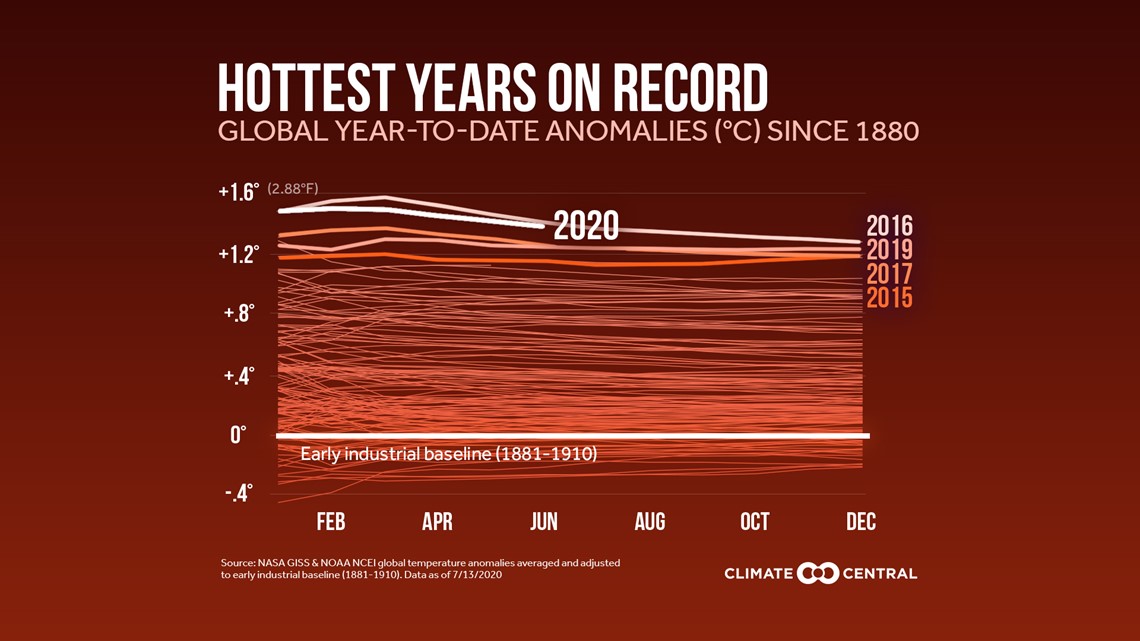The World Meteorological Organisation (WMO) has issued a warning, saying there are no imminent indicators of this trend changing.
According to a recent assessment, the concentration of greenhouse gases is increasing, leading to record-breaking temperatures on land and in the ocean, as well as a sharp acceleration of the melting of ice and rise in sea levels.

Source: 10 TV
Globally, glaciers have thinned by about 1 metre year on average throughout the past ten years. Between 2011 and 2020, the Antarctic continental ice sheet lost around seventy-five percent more ice than it did between 2001 and 2010.
This implies that there would be less freshwater available and that rising tides will affect coastal communities that are low lying.Extreme weather is becoming more often, and this has a noticeable effect on socioeconomic growth.
For the first time since 1950, there was not a single short-term event that resulted in 10,000 or more deaths throughout the 2011–2020 decade. Better early warning systems and disaster management may have reduced the number of fatalities from extreme disasters, but financial damages have gone up.
During the past ten years, approximately 94% of disaster-induced displacements have been linked to weather- and climate-related occurrences. Tropical cyclones inflicted the greatest economic damage, but heat waves were the cause of the greatest number of fatalities.
Source: Reuters
The UN specialist agency WMO has demanded far more aggressive climate action. The report, which was presented at the UN Climate Change Conference (COP28), urges reducing greenhouse gas emissions above all else in order to stop climate change from getting out of control.
It’s getting harder to keep the promises that are being made. It seems unlikely that fossil fuels would be phased out quickly, and it might take some years for climate finance to grow exponentially.
What do you think about this? Comment below.

